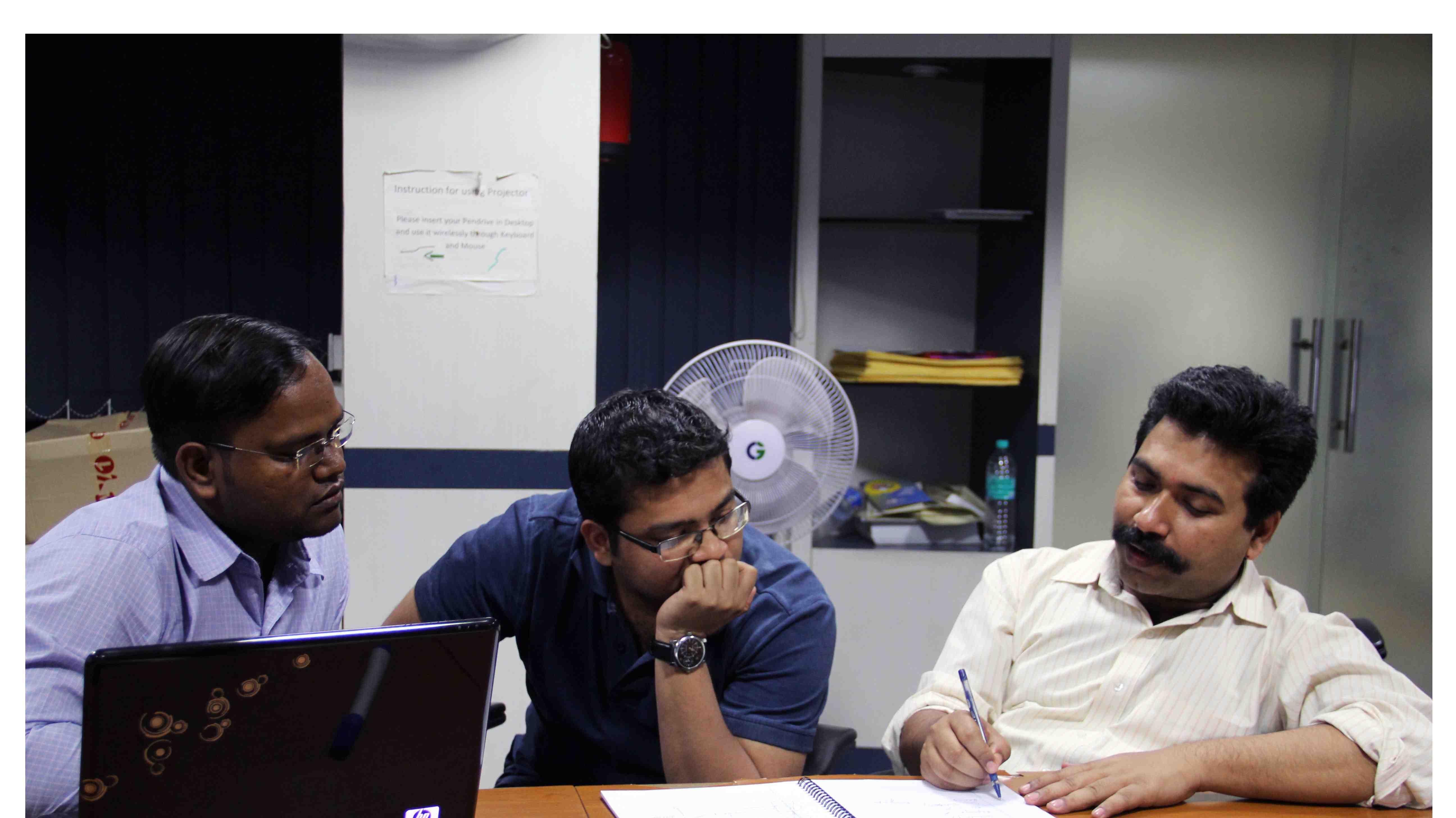It's past 8 p.m. on a Friday. The lights are still burning inside the offices of Jeevika, a village-level collective action project led by the government of the Indian state of Bihar. Inside, Ajit Ranjan, state project manager for monitoring and evaluation, is huddled in animated conversation with Hasnain Yunus, the project's systems analyst, and Upamanyu Datta, an economist with the World Bank’s Social Observatory unit. They’re working out kinks in Jeevika’s evolving management information system. An hour later they have figured out a solution.
The Social Observatory (SO) is a small unit within the South Asia Livelihoods team in the India office. Led by Vijayendra Rao, lead economist in the World Bank’s research department, it works to create holistic and dynamic learning systems for project implementation. It supports the Bank's multibillion-dollar portfolio of livelihoods projects in India by helping to conduct rigorous impact evaluations, develop effective monitoring systems, and design relevant case studies and innovations such as the use of behavioral tools for project assessment and learning.
"We need concrete feedback on projects," says Parmesh Shah, the task team leader for the National Rural Livelihoods Project and Jeevika.
The Social Observatory’s work is an effort to improve the capacity of community-driven development projects to “learn by doing,” says Rao. A World Bank report on “Localizing Development,” which he co-authored, highlighted this as key to making such complex projects more effective. One place where they have been able to come close to realizing their objective is in Bihar. Here, a committed political leadership and a cooperative government apparatus have created a valuable laboratory to improve the science of delivery.
“The support we received from the SO team was instant,” says Arvind Chaudhury, the project director for Jeevika, which launched in 2007 and has reached 800,000 women. “Improvement always requires the will to see things critically. We recognize that unless analysts point out the problems, we can never improve.” Daily interaction with the Social Observatory team has helped his unit resolve a host of issues, making the project stronger, says Ranjan.


